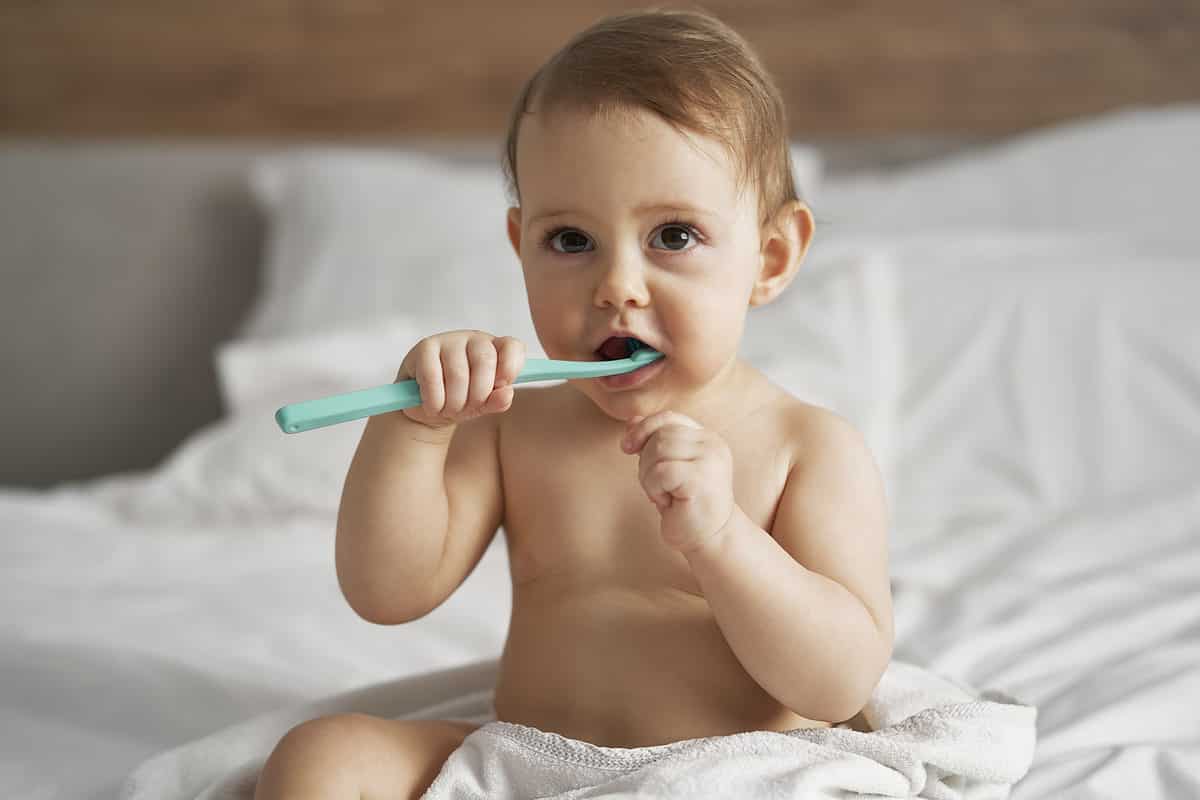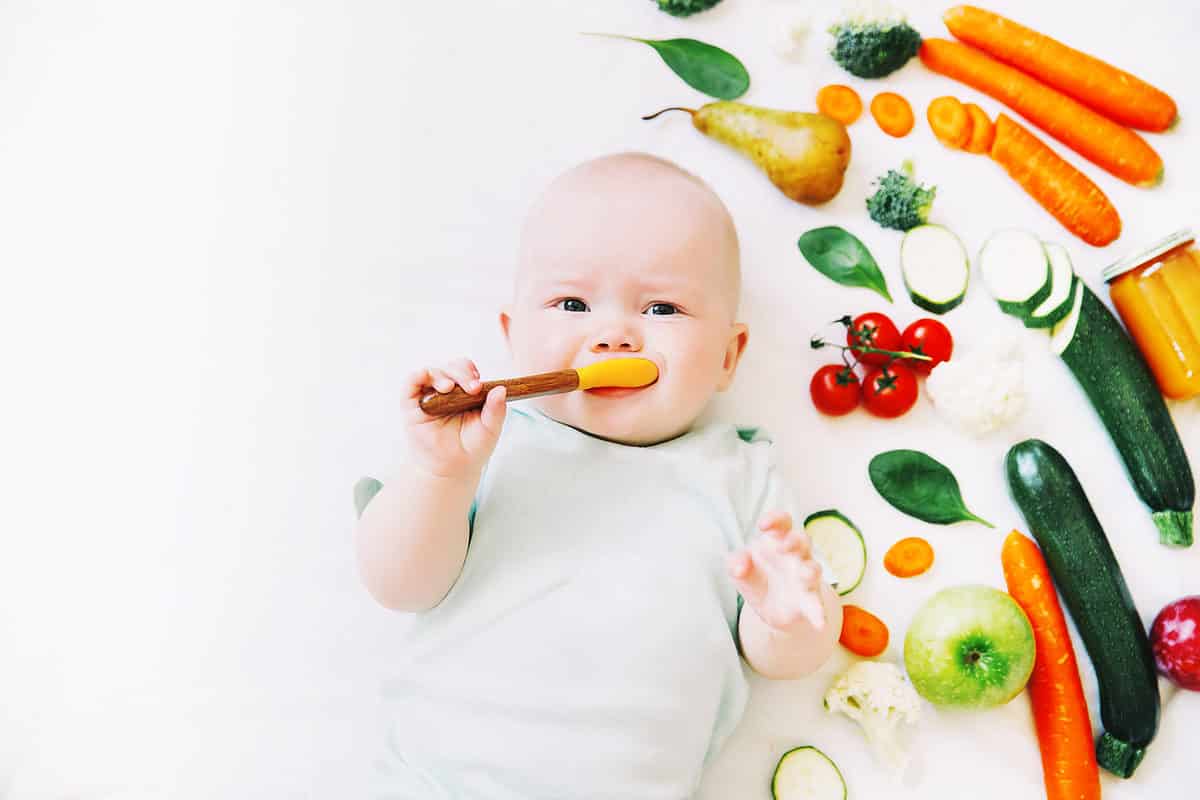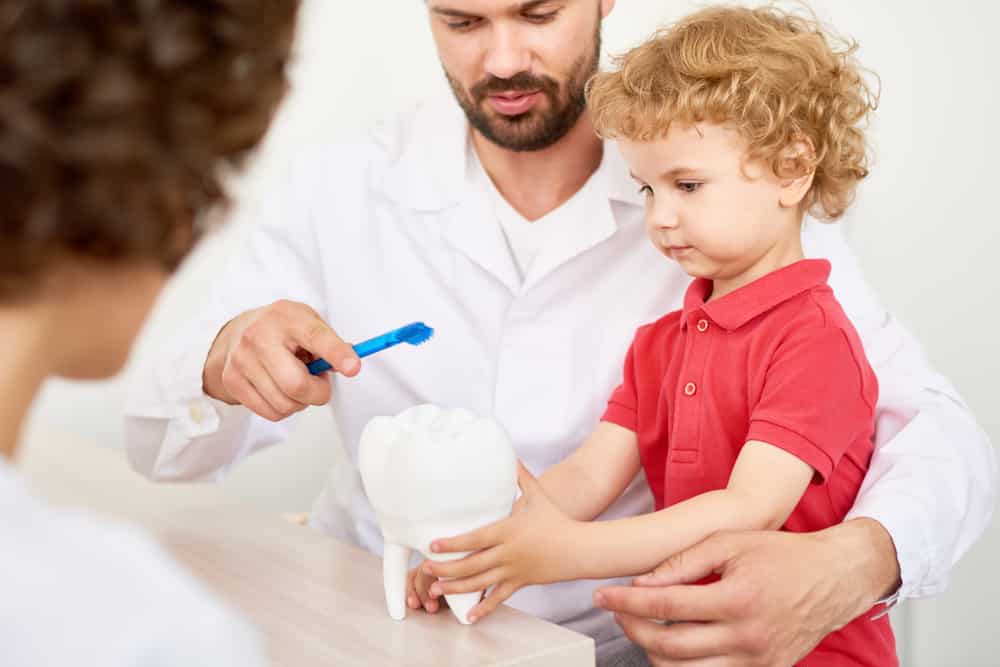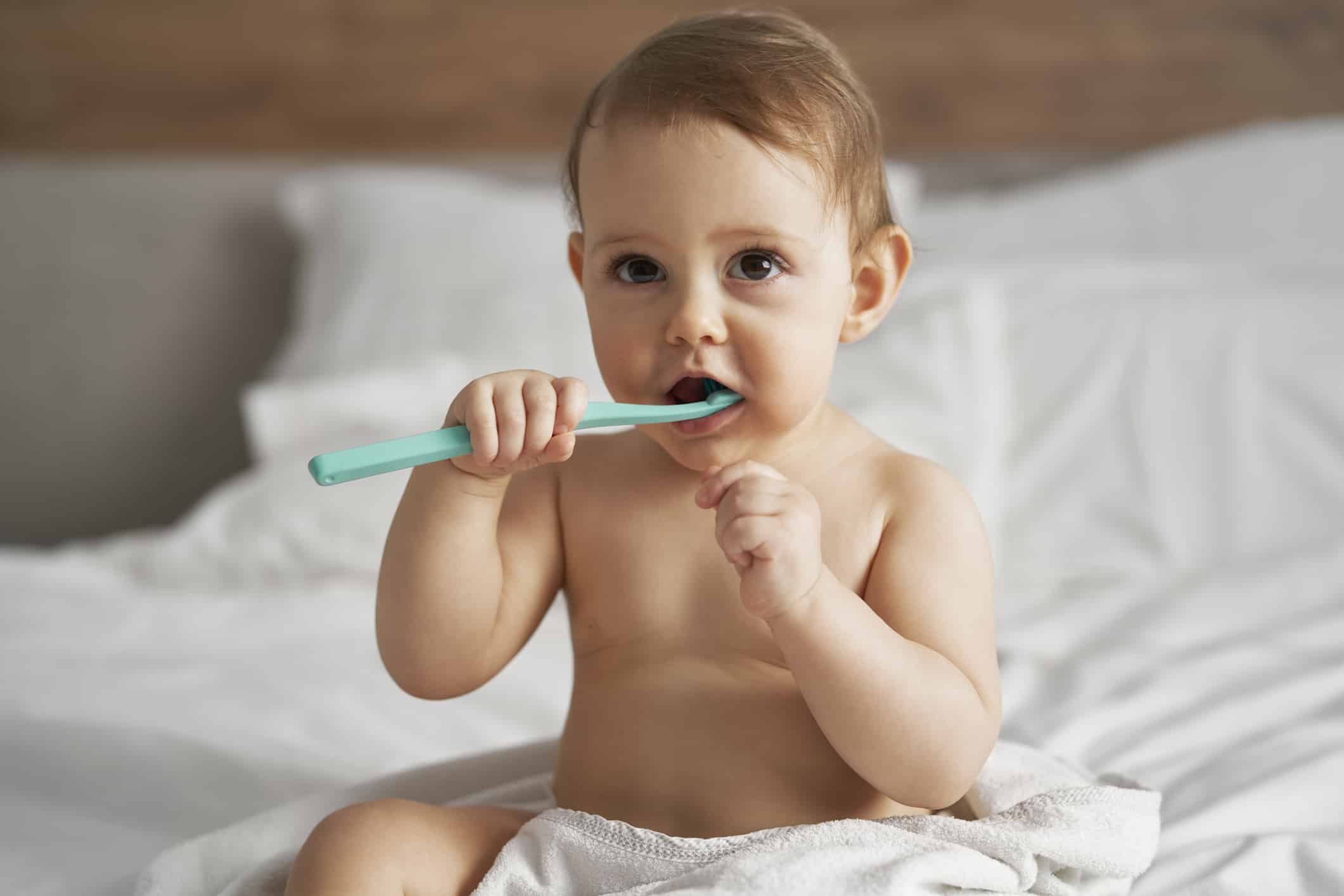Key Points
- Teething in babies can be painful or discomforting. Consult with your doctor for the best course of action to help them along.
- Most children will start to lose their baby teeth around the age of 6.
- Most babies will have different types of teeth in their mouth from birth.
Growing baby teeth is one of the many milestones children reach in the first few years of life. Even though most children end up with the same amount of teeth by the age of 3, how quickly they grow varies from child to child. Before you start planning a visit from the Tooth Fairy, you’re probably wondering how many teeth your child will have at each age.
When it comes to tooth eruption, each child is different. Usually, babies start teething between 4 and 9 months of age and most children will have at least one tooth by their first birthday, with a complete set of 20 teeth by the age of 3. However, whether your child’s teeth come in early or late isn’t an indicator of improper development.
Growing and losing baby teeth for the first time are important milestones. Do be aware that some kids might swallow their baby teeth as they fall out by mistake. This is no cause for alarm as teeth are mostly calcium and stomach acid will dissolve them. So at the very worst, they miss out on a round of Tooth Fairy money. Speaking of the Tooth Fairy, let’s look at how many teeth a child has at each age and when they can expect a visit.

©gpointstudio/Shutterstock.com
When Do Babies Start Teething?
Every child is different when it comes to teething. Some babies get their first tooth at only a few months old while others don’t start teething until after their first birthday. Some babies are even born with a tooth already grown in, although it’s incredibly rare and only happens in about one in every 3000 babies.
Other babies experience delayed tooth eruption, which can be related to low birth weight or prematurity. On average, the eruption of the first tooth occurs between 4 and 13 months, with the majority of infants having a first tooth by 9 months. Although the first tooth can be an exciting milestone, teething isn’t fun for the baby or the tired parents. How teething impacts each child may vary but generally, teething can lead to the following symptoms:
- Irritability
- Pain in Gums
- Trouble Sleeping
- Drooling
- Loss of Appetite
- Facial Flushing or Rash
Teething can also cause a lot of sleepless nights, but there are many remedies to help make teething easier for your little one. Common home remedies include teething rings, cold fruit, and other chilled (not frozen) foods.

©iStock.com/NataliaDeriabina
Types of Teeth
For most babies, their first tooth doesn’t appear until about six months after birth, but they’re born with all 20 of their teeth already developed under the gums and waiting to erupt. You’ll notice as your child grows their first set of teeth that there are different types of teeth, each with a specific purpose. The four types of teeth are:
- Incisors are the teeth in the very front of your child’s mouth that give them a beautiful smile. By the time all their teeth grow in, they’ll have eight total incisors, and these teeth aid in chewing and speech.
- Canines are the pointed teeth next to the incisors. Like the incisors, they make it easier to chew or tear certain foods.
- Next to the canines, you have the premolars, which are a strong set of teeth that can crush and chew even the toughest foods.
- Molars often experience more pressure than any other teeth, but they’re also the strongest type of teeth. Molars are crucial for breaking up tougher foods.
Each type of tooth serves a unique purpose and it’s important to help your child take care of their teeth, even before their permanent teeth grow in.
How Many Teeth Does a Child Have from 0 – 2 Years Old?
Losing their first baby tooth is an exciting moment for a child. Children usually start losing their baby teeth around age 6 and have a mixture of baby teeth and permanent teeth between ages 6 and 12. Even though baby teeth aren’t permanent, they are still an important part of your child’s overall dental health. In fact, it’s recommended that you take your child to the dentist for the first time by their second birthday.
There are few things cuter than a baby when their first teeth come in, but how many teeth should a baby have before their first birthday? The incisors are generally the first teeth to erupt in an infant, with the central incisors on the top and bottom erupting within the first year. If all the baby teeth erupt based on an eruption chart, most children have 16 baby teeth by their second birthday.
How Many Teeth Does a Child Have from 2 – 5 Years Old?
The last baby teeth to erupt are the second molars between 23 to 33 months. Once these molars have come in, a child will have all 20 of their baby teeth before they start losing any.
Around 6 years old, children start to lose their baby teeth to make way for their 32 permanent adult teeth. Since the incisors were the first teeth to erupt, they’re usually the first to shed as well.
How Many Teeth Does a Child Have from 6 – 10 Years Old?
Between the ages of 6 and 10, children are still losing baby teeth while getting their permanent teeth in as well. Most children will have all their permanent teeth by age 12, although the timing may vary a little depending on a child’s development.
After their pre-teen years, the only teeth left are the third molars, also known as wisdom teeth. These molars usually erupt between 17 and 25 years of age, and many choose to have them removed due to the dental problems they can create.

©SeventyFour/Shutterstock.com
Conclusion
Losing teeth and gaining teeth are both exciting times in a child’s life. Although we can determine what is most common when it comes to children’s teeth, you don’t have to compare your child’s development to every other child.
For each tooth eruption, there’s a range that is considered average, and your child’s teeth coming in early or late doesn’t necessarily mean anything is wrong. If you do have any concerns about your child’s oral health, be sure to check in with their dentist or their pediatrician.
Enjoy those toothy smiles while they last! Before you know it, your child will be losing their baby teeth to make room for adult teeth.
The image featured at the top of this post is ©gpointstudio/Shutterstock.com
